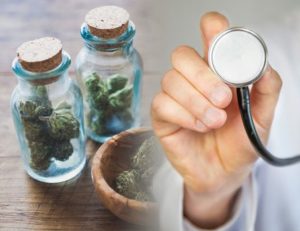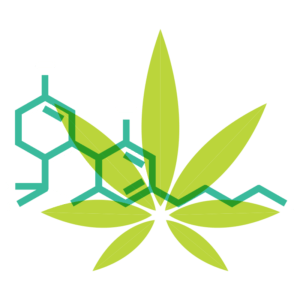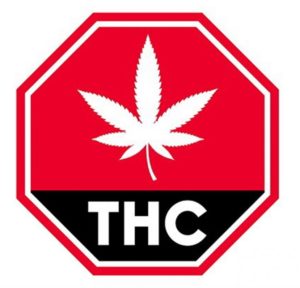
Cherry Picking or an Accurate Representation?

Most laboratory cannabis analytical tests destroy the material that is being tested. This is due to the decomposition and fractionation that is necessary in order to perform them. For cannabis food and beverage products, this might include the quantification of such things as caloric content, protein composition, mineral and vitamin levels, and checking for a low-level presence of pesticides, endotoxins, or heavy metals.
The tests are necessary, and they are usually done on several stages of the supply chain, from starting material to end-product. But they also destroy the materials that are used, and therefore cannot be performed on every single ounce of product that is grown, cured, manufactured, and produced. So, how to ensure accurate testing is being done?
The assurance comes from a standardized process called ‘Sampling’. Sampling theory makes a lot of sense when we think about liquid solutions, like common drinking alcohols. If we take a bottle of liquor off the shelf, and arbitrarily divide its contents into two different parts (top and bottom), we can be reasonably certain that the contents of the liquid from the top half will be identical to the contents of the bottom half.
The same would be true if we divided the bottle into three, five, ten, a hundred, and even one thousand equal parts. Sampling, therefore, is the process of testing one part of the whole, from the assumption that the part represents the whole. Alcoholic spirits can be easily and confidently sampled because their solutions are homogenous, meaning that their contents are mixed well, and therefore dispersed equally throughout the entire solution.
You can feel confident when you sample a homogenous mixture. Unfortunately, not all cannabis products – and certainly not all cannabis flowers – are homogenous.
Cannabis Sampling Inaccuracies

Cannabis flower testing has revealed several layers of sampling inaccuracy stemming from the unequal distribution of cannabinoids and terpenes both externally (between different plants of the same grow) and internally – within different parts of the same plant. The Washington State Liquor Control Board (WSLCB) explains that the psychoactive chemicals of cannabis are unevenly and non-randomly distributed throughout the plant.
This type of non-random, non-homogenous distribution is termed ‘heterogeneity,’ and heterogeneous products, by definition, cannot be sampled accurately because the portion being tested is unlikely to accurately represent the entire composition. Even so, in the cannabis industry, a sampling rate of 0.2%, or 2 grams of every kilo harvested and cured, is commonly seen, such as in the Pennsylvania guidelines.
The WSLCB published guidelines declare, among other things, that this heterogeneity can be exploited by cultivators to manipulate test results. For example, a general rule of thumb is that the Tetrahydrocannabinol (or THC) content is higher in flowers that come from the top of the plant versus those that come from the bottom (thought to be attributable to differences in light exposure).
Therefore, growers could choose to only submit to testing topside flowers and publish those results for the entire plant yield. To address this issue, states have developed quality assurance sampling protocols and methods. These include a selection process that is random, supervised by a regulatory agency, and perhaps includes samples from various parts of the entire plant, rather than a drawing from mixed lots.
Cannabis Analysis & Testing Summary

At the end of the day, potency tests are performed to protect the consumer. Any attempts by cannabis companies to pad their bottom line by intentionally tampering with the cannabinoid and terpene concentrations readouts undermine the progress being made by patients and advocates to have cannabis be viewed as a serious medical product.
And unintentional differences between samples and batch that continue to go unaddressed are also unacceptable in a field with as much growth potential as this. Hold your legislators, testing labs, and cultivators accountable to commit to resolving these issues, so that when you buy their products at the dispensary, you get what you pay for!
Article by: GreenCulturED